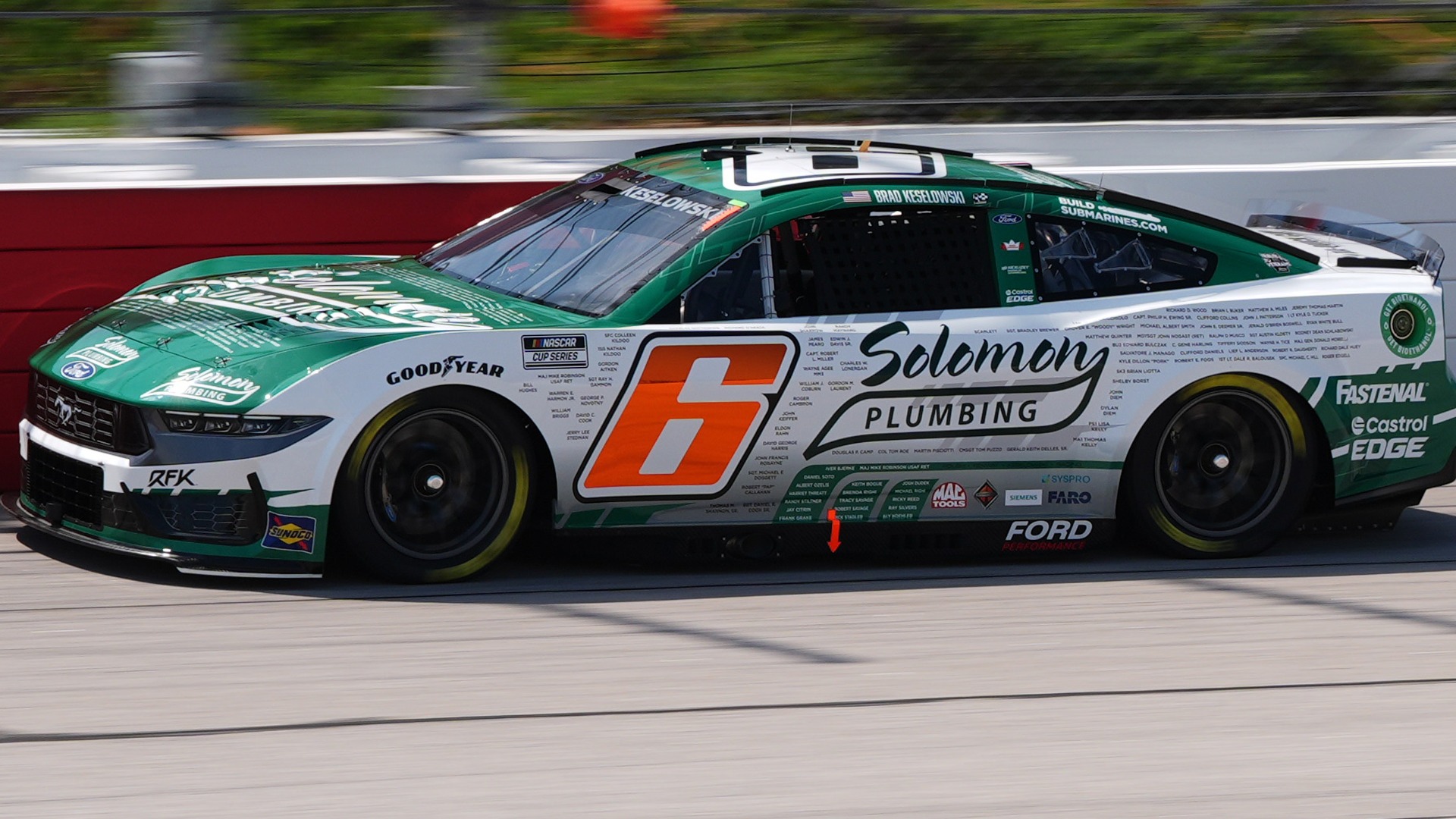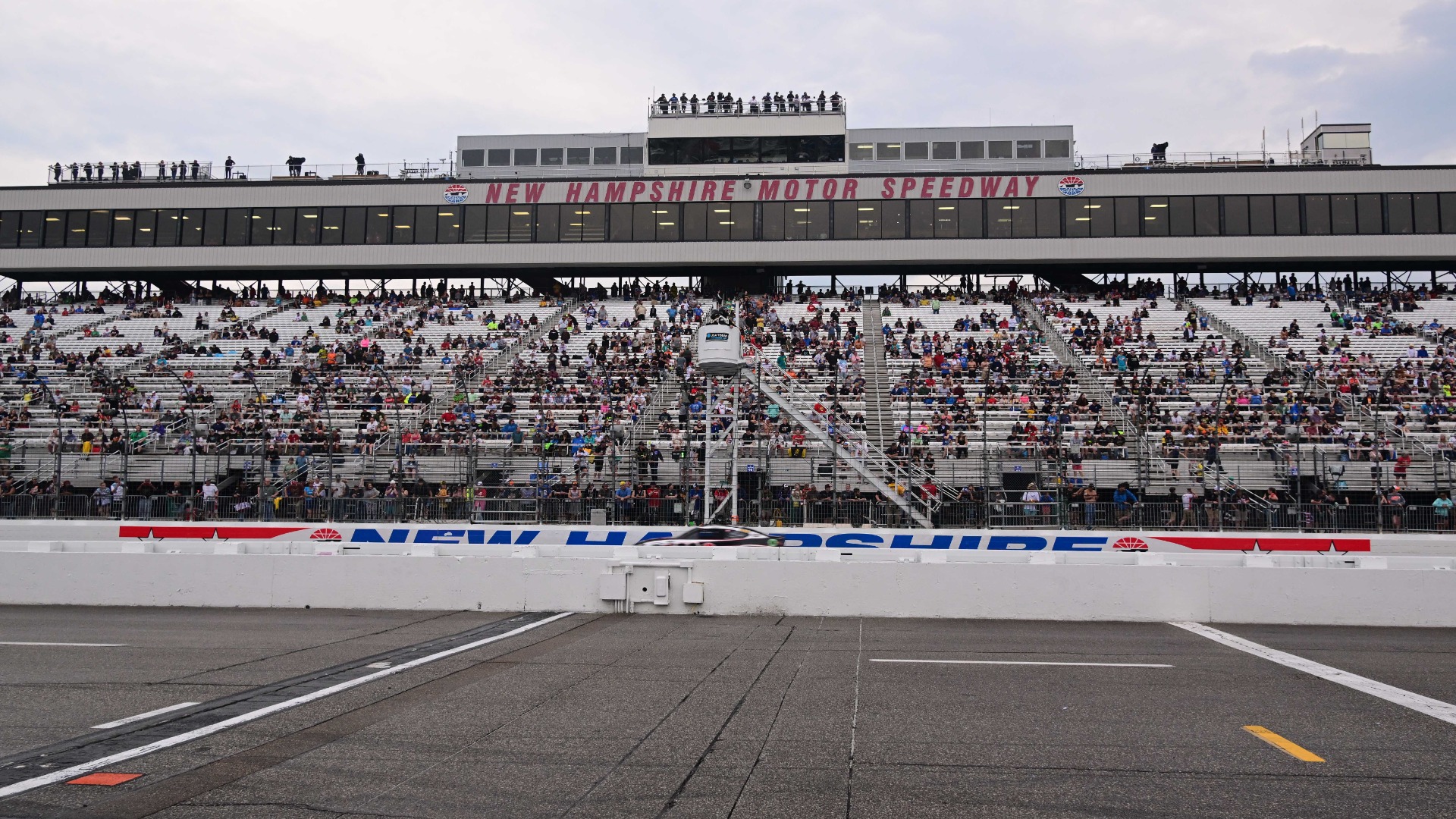After a record year in 2016, U.S. automotive sales dipped slightly to start 2017, shedding light on a growing trend throughout the industry.
Across the country, dealers representing all automakers have larger inventories than usual, forcing manufacturers to raise incentives and curtail production, Bloomberg reports.
Dealers nationwide had an average of 85 days worth of new vehicles in their inventories at the beginning of February, compared to 77 days worth at the same time in 2016 and 63 days worth at the start of 2017, according to Automotive News Data Center, via Bloomberg.
“No one likes to cut production or dial up incentives, and we’re seeing a bit of both,” Thomas King, J.D. Power market analyst, told Bloomberg. “We’ve got a lot of cars on the ground when the market is moving away from cars.”
In January, it reportedly took dealers an average of 75 days to move a car off their lots, which is seven more days than in January 2016, according to Kelly Blue Book.
Many automakers reportedly have already begun pushing incentives to boost sales, and General Motors as well as Fiat Chrysler Automobiles started scaling back production for less-popular models, such as the Chevrolet Cruze and Chrysler Pacifica.
Consumers’ preferences have shifted toward trucks and SUVs recently, which has contributed to the industry’s inventory problems in more ways than one. Some manufacturers reportedly overcompensated by producing too many large vehicles toward the end of 2016, which means there is a surplus of the slower-selling cars, as well as SUVs.
Experts suggest the issue is causing manufacturers to react, as not only does it cut into their profits, but also increases costs at the dealer level.
Thumbnail photo via Flickr/Morgan Childers



